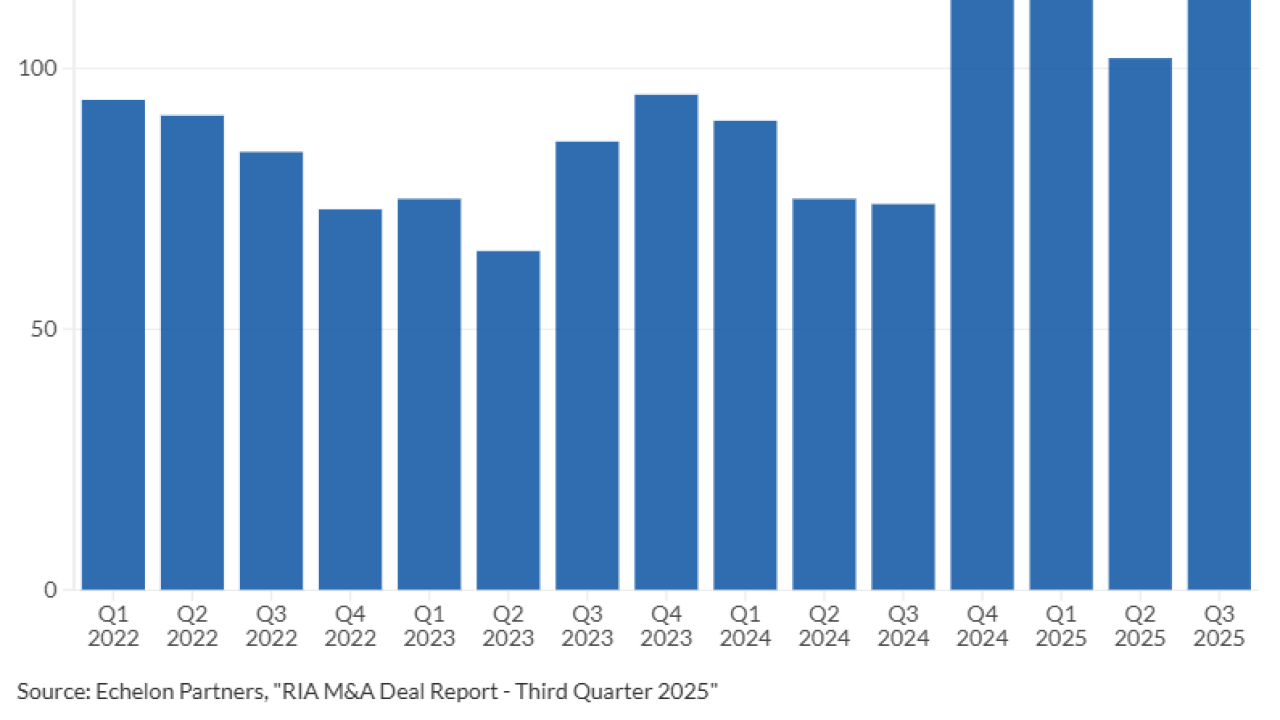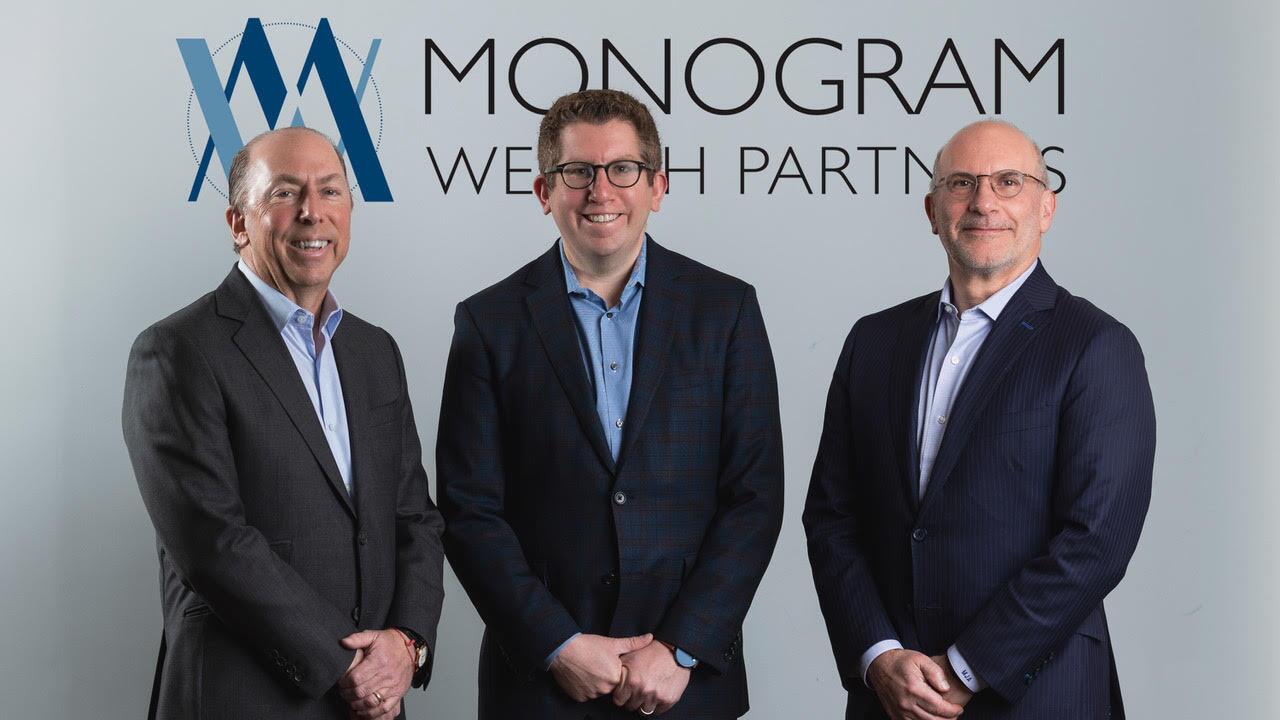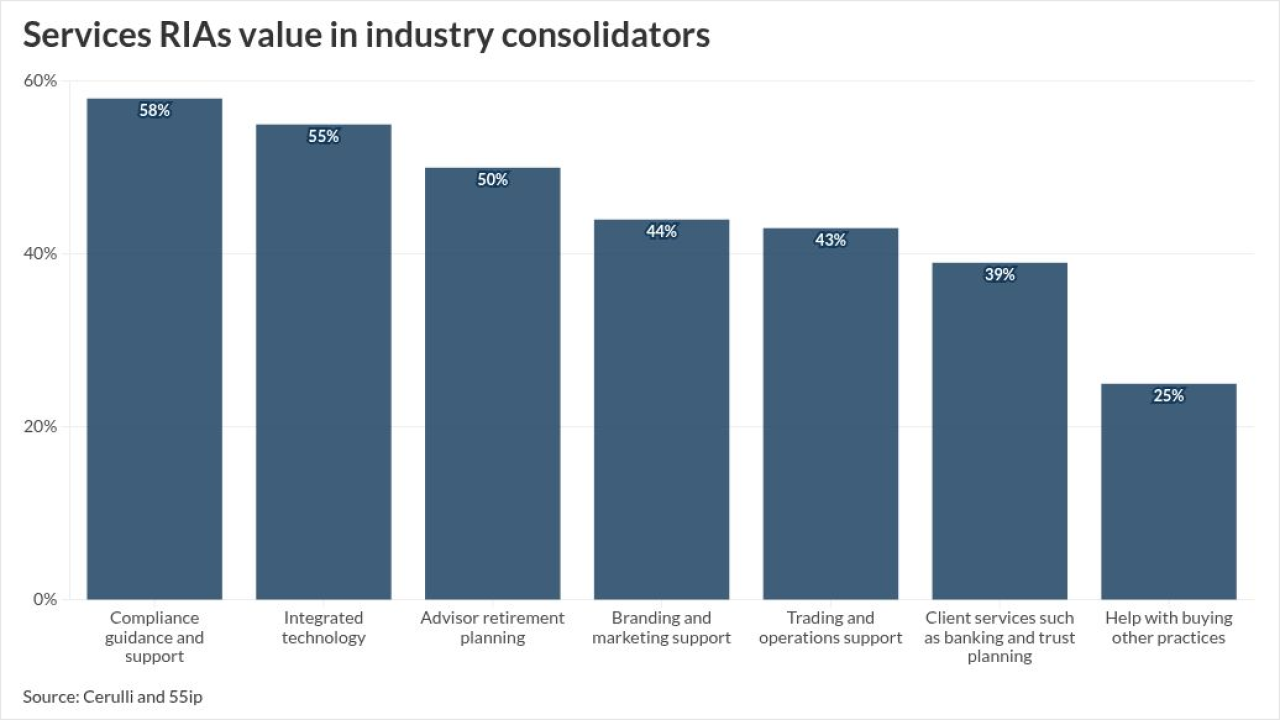Since its inception 90 years ago, Social Security has become a critical safety net for America's retirees. New research shows that's especially true for women, who rely on the program as a primary source of income at a far greater rate than men.
The research, conducted by the
READ MORE:
Across the country, about a third of adults expect Social Security to be their primary source of income, but women of all ages are more likely than men to rely on it in retirement.
Given their reliance on Social Security, a greater share of women also say they're concerned about the program being reduced or
Researchers asked survey participants to rank how they feel about the statement "I am concerned that when I am ready to retire, Social Security will not be there for me." Among working women, 3 in 4 agreed with the statement, with 37% of them strongly agreeing — 10 percentage points more than working men.
Financial advisors say the difference in Social Security reliance between men and women has important consequences for retirement planning.
Understanding the domino effect on women's retirement
Behind the greater reliance on Social Security among women is a long list of social and economic gender dynamics, including a persistent pay gap and
The pay gap between men and women in the United States has narrowed slightly over recent decades, but it still remains. In 2024, women earned 85% of what men earned, up from 81% in 2003, according to the
"An income gap inevitably creates a savings gap, because most people contribute a percentage of their earnings to retirement accounts," said Hazel Secco, founder of Align Financial Solutions in Hoboken, New Jersey.
Across multiple measures, researchers at the Transamerica Institute found that women had far less saved for retirement compared to men. The typical working woman in the survey had saved $35,000 in total household retirement accounts, nearly half of what men saved. About three in 10 men (31%) have saved $250,000 or more, compared with just 21% of women.
Beyond the pay gap, caregiving expectations can also hurt a woman's lifetime income.
"During time away from work, whether caring for children or aging parents, those contributions stop entirely," Secco said. "That's why I encourage my female clients to be very intentional with their savings. We're not talking about never spending money, but making sure that any extra funds aren't left without a purpose. If there's money left over after covering income needs and spending priorities, I recommend creating a flexible 'future use' bucket, a taxable investment account that isn't tied to an IRA or Roth. This gives women access to funds whenever needed, while still allowing them to grow their wealth and supplement Social Security down the road."
Getting real without being discouraging
Tackling the retirement preparedness gap with female clients should begin with a serious accounting of their situation.
"I like to present my female clients in these situations with
When working with women who are behind on their savings, Listiawan said she likes to remind them that even small monthly savings can compound by the time they reach retirement.
"I'm working with a client now who is only comfortable adding $100 each month," Listiawan said. "That $100 each month can grow into approximately $60,000 in 20 years at an average 8% return. For clients who are not used to the habit of savings, it's best to start small and gradually increase their regular contributions over time. Some clients are very visual. As they see their account growing, they will naturally want to continue to put away more money for their future."
Maximizing Social Security income for business owners
For women counting on Social Security, advisors say it's important to make sure they're maximizing their expected benefits in retirement.
A female client who didn't make much money — and thus didn't contribute much to Social Security — during her career might only receive a modest Social Security benefit in retirement. But even high-earning female business owners can find themselves receiving meager Social Security payments in retirement if they're not careful about how they structure their taxes during their working years.
Oftentimes, female business owners are advised to create an
Through an S corp, business owners can pay themselves a portion of the company's income as salary and take the rest as a distribution, which isn't subject to payroll taxes like FICA.
This approach reduces the amount owed in Social Security and Medicare taxes. But it comes at the expense of the owner's Social Security earnings history — a key factor behind an individual's expected Social Security income.
"I just think it's something that people don't talk about," Valega said. "I'm not saying that it's the wrong thing. But no CPA is talking about [a client's] Social Security earnings history. People go to CPAs … to say, 'Reduce my taxes,' and that's what they do."
With the right planning, Valega said it's reasonable to minimize FICA taxes if the business owner then uses the extra income to save for retirement on their own. But that virtually never happens without a professional helping the owner plan, she said.
"I think that's an okay strategy, but only if I'm actually doing that for them, right? Because if






